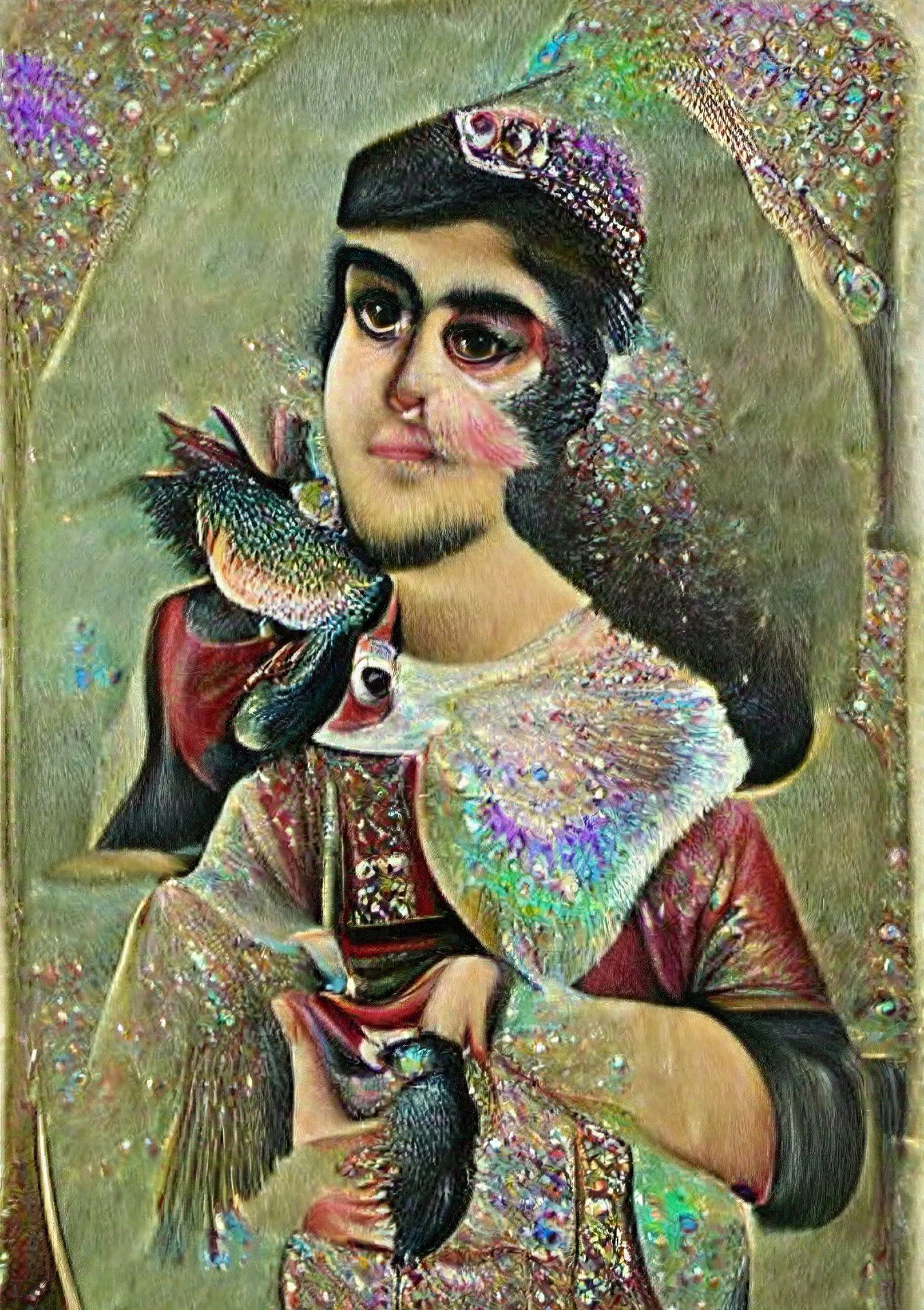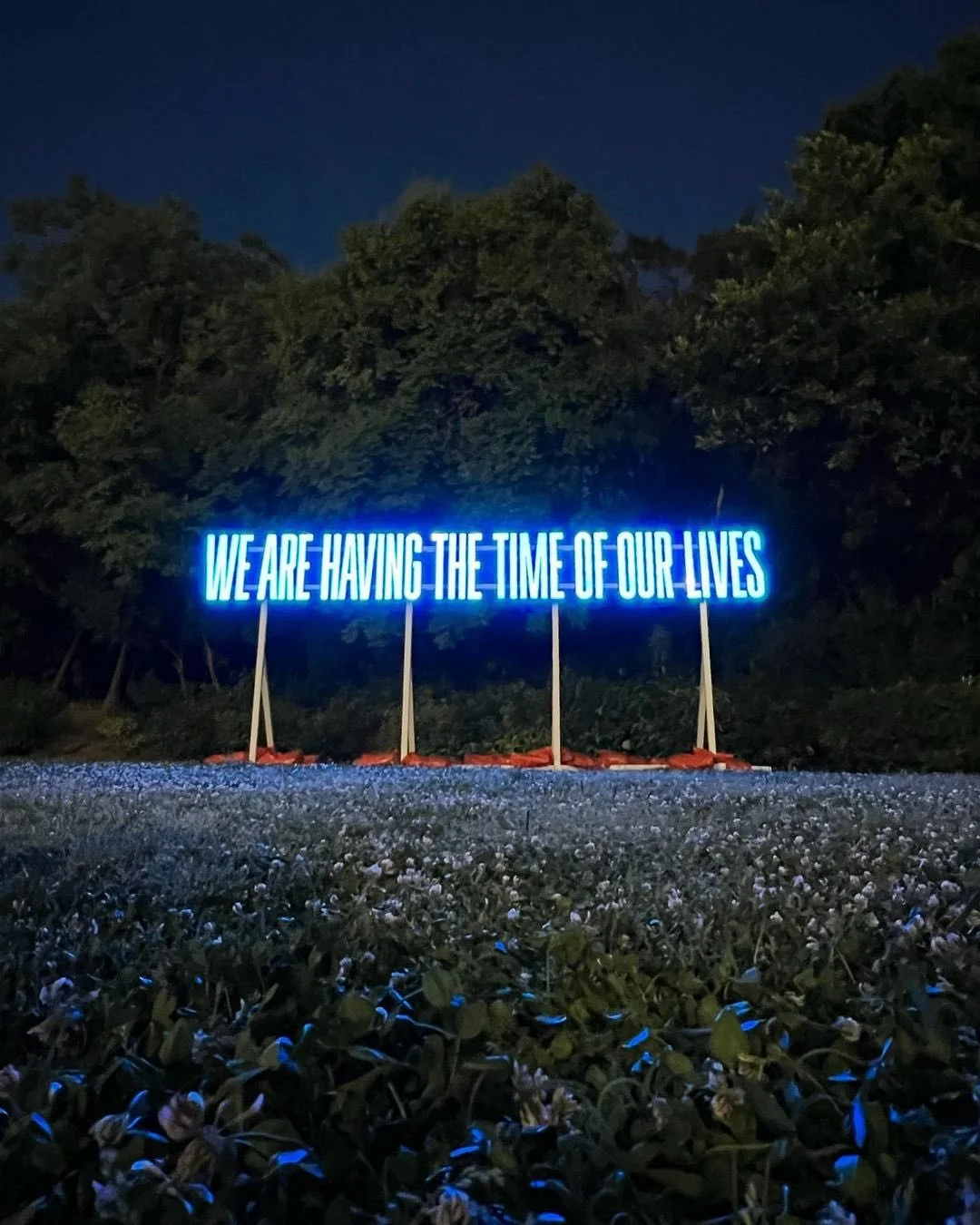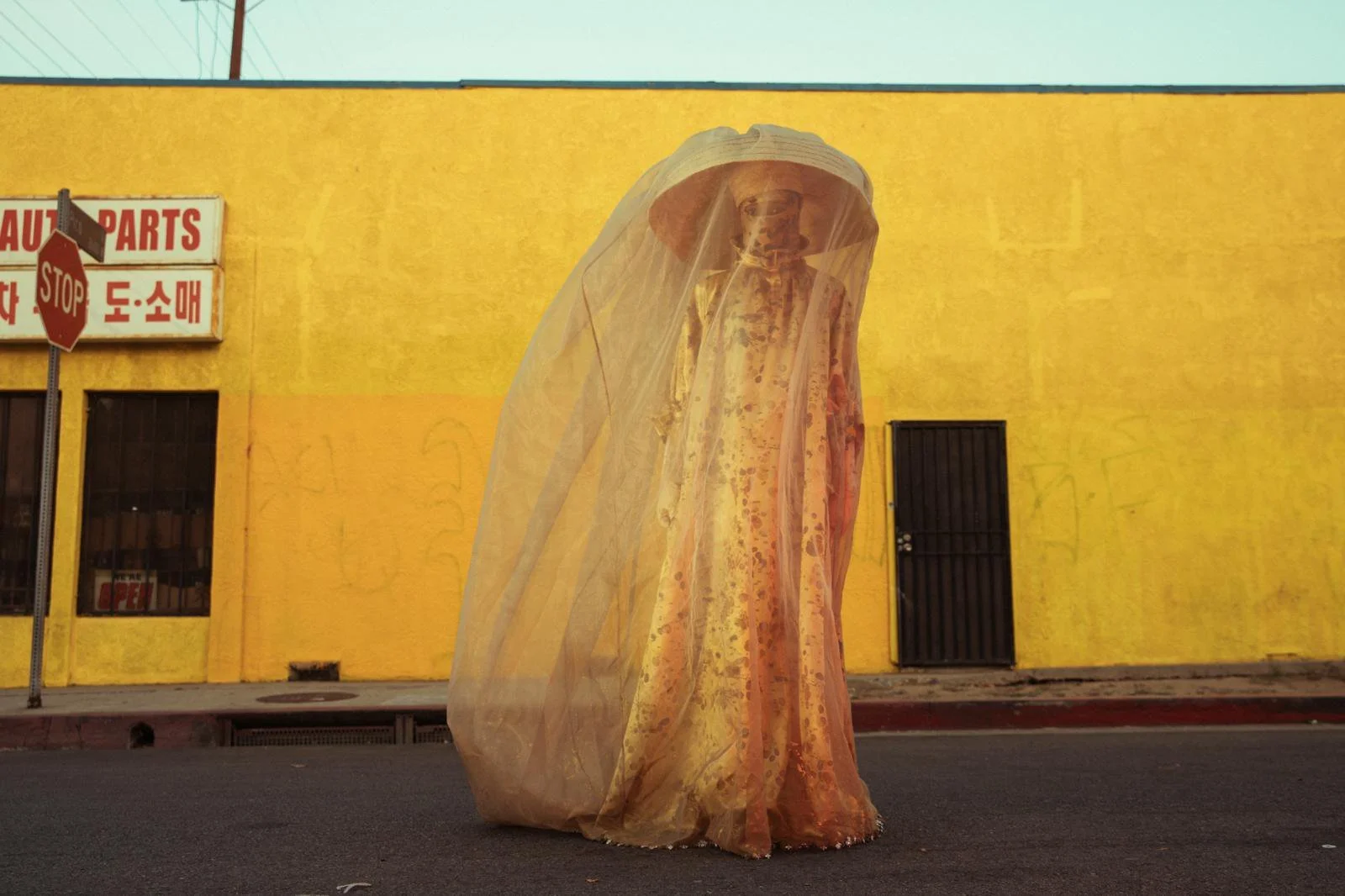technologIES are often deployed to reproduce colonial power relations; how can we reverse these narratives ?
By Louise Staugaard & Katrine K. Pedersen
A walk in the park in Athens is not just another walk in the park… The immersive digital exhibition in Pedion tou Areos - opens a world of virtual and alternative futures, new territories, connections and places of co-existence all in an impressive aesthetic framework. As Shanti Escalante-De Mattei, Artnews points it: “When it comes to creating exhibitions, there are two categories that are particularly difficult to pull off: the digital exhibition, laden with technical productions and sub-par display options, and the exhibition in the public space, which means jumping bureaucratic hurdles while being attentive to a myriad of community stakeholders”.
At the Athens park Pedion tou Areos the team behind Plásmata: Bodies, Dreams, and Data has succeeded in exactly doing that: pulling off a sublime digital exhibition in a public space. Focused on art as a space for urgent conversations and digital as a backdrop the exhibition blends into the blooming park. The interplay between the digital and the park's flourishing nature triggers your curiosity and invites for exploration of the artworks with intuition. One year after You and AI, the Onassis Stegi presents a new digital art exhibition that explores the body, be it ours or the other’s. Be it individual or collective, human, non-human, or – ultimately – planetary. The huge strength of the exhibition is that it hits the spots where art and technology actually create space for resistance; for alternative narratives, diverse storytelling and critical statements - and not just the ‘’wow’’ factor. The artworks shed light on the blind spots of colonial history and deconstruct the surroundings: A park decorated with statues that pay homage to the rulers of history and a space that used to be a military training ground before becoming a recreation area for the city’s inhabitants.
Highlights from our walk in the park
Technologies are often deployed to reproduce colonial power relations; how can we reverse these narratives? Asks artist Morehshin Allahyari in the AI-generated art piece Moon-faced. One of the urgent questions that the digital exhibition Plásmata: Bodies, Dreams, and Data poses.
طلعت، Moon-faced, Morehshin Allahyari (2021)
Photo: Courtesy Onassis
In ancient Persian literature, ماه طلعت (moon-faced) was a genderless adjective used to define beauty in both men and women. In contemporary Iran, it refers to the beauty of women only. Something similar happened, in the world of images, to the Qajar dynasty portrait paintings: the modernization of Iran, the influence of the European tradition of realistic painting, and the use of of camera technology and therefore photography as a model, overshadowed and ended the queer representation of genders that historically characterized these paintings, largely known for their gender-undifferentiation. For her project, “ماه طلعت Moon-faced,” Allahyari uses a carefully researched and chosen series of keywords with a multimodal AI (artificial intelligence) model to generate a series of videos from the Qajar Dynasty painting archive (1786-1925). Through this collaboration, the machine program learns to paint new genderless portraits, in the effort to undo and repair a history of Westernization that ended the course of nonbinary gender representation in the Persian visual culture. The music in this video was composed by Mani Nilchiani.
The Bots, Eva & Franco Mattes (2020)
Photo: Courtesy Onassis
Another artwork addressing a serious and urgent problem is The Bots by the artists Eva & Franco Mattes. A series of video installations based on interviews with internet content moderators. The interviews were conducted in collaboration with journalist Adrian Chen during a year-long investigation. Actors Jake Levy, Irina Cocimarov and Bobbi Salvör Menuez reenacted the interviews from home, filming themselves using their phones. Each video is installed on the back of a customised office desk of the same brand used at Facebook’s Berlin moderation centre, where the interviewees worked. To tell their stories the artists have borrowed the aesthetics of “fake makeup tutorials” often used on social media to bypass censorship. Serious discourse – addressing topics such as violence, sexual abuse, hate speech and terrorism – is constantly interrupted by makeup tips. Makeup is a way of concealing imperfections on our faces, in a way not so different from content moderation, which beautifies the surface of the internet by removing unwanted content. Greek market: 8’40” Arab market: 7’15” Turkish market: 7’29” More info: https://www.onassis.org/art/works/the-bots
We Are Having The Time Of Our Lives, SUPERFLEX (2019)
Photo: Courtesy Onassis
We Are Having The Time Of Our Lives SUPERFLEX’s installation deplores to the illusion that NOW is the peaking point of history. Pointing to our current peak of evolution and a celebration of what we have achieved, there is perhaps a hidden and more dystopian interpretation as well. If this is peak human performance, it might just go downhill from here? Or perhaps we should start celebrating the end of the Anthropocene, and let the post-human party begin. More info: https://www.onassis.org/art/works/we-are-having-the-time-of-our-lives
How do we understand gender within a digital setting? How do we see our own selves in the reflections we ourselves create? What does disability mean, or the extension of our abilities? How do pharmaceutical and medical technologies help mold our intentions? What sorts of bodies does a machine imagine, and how can it make them? What kind of a body is created by platforms that engender job insecurity? What is signified by the non-human body and how does it express its own subjectivity? What does the ever-expanding digital economy entail for the planetary body that is Earth?
Planet City, Liam Young (2021)
As a consequence of hundreds of years of colonisation, globalisation and never-ending economic extraction and expansionism we have remade the world from the scale of the cell to the tectonic plate. But what if we radically reversed this planetary sprawl? What if we reached a global consensus to retreat from our vast network of cities and entangled supply chains into one hyper-dense metropolis housing the entire population of the earth? Planet City is a film and book set in an imaginary city for 10 billion people, the entire population of the earth, where we surrender the rest of the world to a global scaled wilderness and the return of stolen lands. The film follows a continuous festival procession dancing through the city on a 365 day loop. Each day it intersects with a different carnival, culture and celebration, changing the beat as it goes, endlessly cycling through new colours, costumes and cacophonies. Although wildly provocative, Planet City eschews the techno-utopian fantasy of designing a new world order. This is not a neo-colonial masterplan to be imposed from a singular seat of power. It is a work of critical architecture – a speculative fiction grounded in statistical analysis, research and traditional knowledge. It is a collaborative work of multiple voices and cultures supported by an international team of acclaimed environmental scientists, theorists and advisors. In Planet City we see that climate change is no longer a technological problem, but rather an ideological one, rooted in culture and politics. This is a fiction shaped like a city. Planet City is simultaneously an extraordinary image of tomorrow and an urgent examination of the environmental questions facing us today. More info: https://www.onassis.org/art/works/planet-city
‘In a series of curated journeys unfolding through Pedion tou Areos park, the exhibition “Plásmata: Bodies, Dreams, and Data” – which brings together site-specific, interactive, and performative installations by artists from across the globe – invites us to explore how technologies and technologically constructed worlds shape and influence our bodies and identities, as well as to reflect on what spaces we would like to inhabit,’ notes Irini Mirena Papadimitriou, Creative Director of FutureEverything, and ‘Plásmata: Bodies, Dreams, and Data’ Exhibition Curator.
‘We experience, perceive, move, think, feel, and explore the world with and through our bodies, but since technology has imbued our lives, it has been changing the way we behave and interact, the way we regard ourselves, and how we are being perceived by others. Our bodies are measured against societal expectations presented through digital worlds, advertising, and social media platforms. They are constantly policed and surveilled, objectified, measured, and quantified, whereas certain bodies are valued more than others. The ‘creatures’ (i.e. plásmata) that one encounters in the park reveal to us a view of the human experience as a blending of material and immaterial, organic and machinic, social and physical. How could these imaginaries, hybrid forms of human, animal, plant, bacteria, and other species, these fluid and flexible identities help us envision post-anthropocentric perspectives that enable kinship, equity, and relationships across all forms of life, a collective and interconnected body?’
Participating Artists: Morehshin Allahyari / The Alternative Limb Project / Refik Anadol / Frederik Heyman / Ekene Ijeoma / Keiken x Clifford Sage / Kimchi and Chips / LaTurbo Avedon / Marshmallow Laser Feast / Eva & Franco Mattes / Christian Mio Locklair / Matthew Niederhauser, Elie Zananiri, John Fitzgerald / NOWNESS / Tony Oursler / Maria Papadimitriou / Eva Papamargariti / Annie Saunders, Andrew Schneider, Emma O'Halloran, OpenEndedGroup / SHOWStudio / SpY / SUPERFLEX / Dries Verhoeven / Cecilie Waagner Falkenstrøm / Saya Woolfalk / Liam Young
Plásmata: Bodies, Dreams, and Data from May 23 to July 10 at Pedion tou Areos, with 25 international pieces, 40 solar batteries collecting energy to create an artificial moon, and a huge red planet, “Plásmata” promises to entertain us but also to give us pause for thought in the Athenian summertime.



